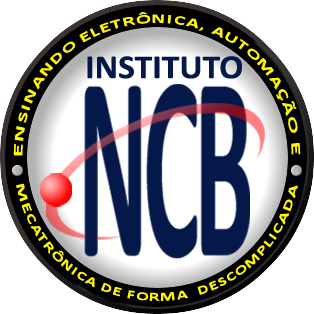
Insect Robot (MEC217E)
Insects have always aroused some kind of reaction in humans: curiosity, fear, disgust, etc. The fact is that these "little" beings are objects of study by many biologists and also by "mechatronic scientists". The latter research mainly their locomotion, and their way of recognizing the environment (sensors), among others. The robot which we propose in this article is relatively simple to build and can help the reader to better understand the possible means of locomotion without "wheels" in Robotics.

Climber Robot (MEC218E)
How about assembling a robot that has a special shape to move around? Instead of wheels, belts or even "legs" to get around, this robot uses claws and its own body to perform its movements. It was not designed to move on the floor, but in "heights". An excellent project for demonstrations at fairs, events and meetings.

FOX Wireless Control System (TME006E)
FOX is a new building automation system from F&F. Thanks to the products in this series, you can create an intuitive, remotely controlled system in your home or office. The system works on the basis of a local Wi-Fi network or an F&F cloud, but devices can also be controlled in a more traditional way, by using buttons on the wall, without a wireless network connection (e.g. in case of router failure).

ADR-1 Robot (MEC217E)
The ADR-1 (or "Walker-1") is a very simple robot, easy to build and program. And its cost is very affordable. Basically, the robot moves in a fixed direction (forward) and, when encountering (touching) an obstacle, it deviates. For this, it uses "sensors", keys which when pressed "inform" about the position of the obstacle to the "brain". This then prepares the deviation with a slight return, pointing in the opposite direction to the touch. After this move, the ADR-1 continues its "journey" straight ahead until it encounters another obstacle. Below we show two versions of the robot.

Ionic Motor (MEC219E)
Experiments and projects using high voltage have always been fascinating. The main objective of the project described here is to build a fantastic engine, called an ionic motor. Such engines are now used in low-power operations in space and probably will power large spacecraft in the future. Many other projects and experiments can be performed using this same basic circuit.

Power supplies, drivers and other KNX-compatible devices from MEAN WELL (TME005e)
Over the last decades, Mean Well has become one of the most recognizable global providers of power supply modules and converters. However, its product range also includes a broad selection of other solutions, such as KNX equipment for building automation systems.



